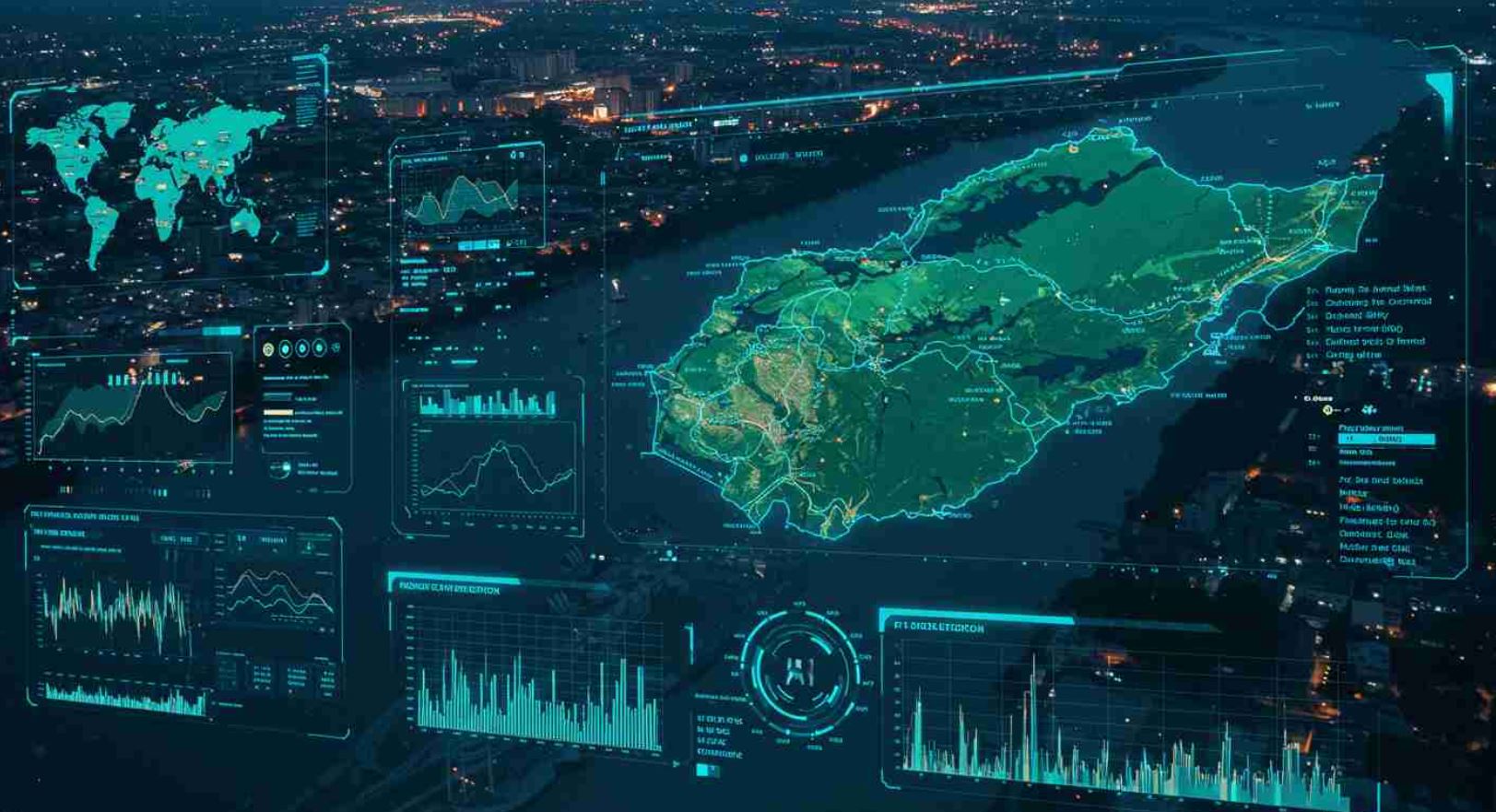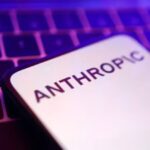 Floods pose a huge threat to communities across the United States, causing billions of dollars in damages every year. If you’ve ever struggled with predicting when water levels might surge, you’ll appreciate the new method developed by researchers at Penn State. They’ve combined big data, artificial intelligence (AI), and solid hydrologic principles to create a model that forecasts water flow with notable precision.
Floods pose a huge threat to communities across the United States, causing billions of dollars in damages every year. If you’ve ever struggled with predicting when water levels might surge, you’ll appreciate the new method developed by researchers at Penn State. They’ve combined big data, artificial intelligence (AI), and solid hydrologic principles to create a model that forecasts water flow with notable precision.
This high-resolution differentiable hydrologic and routing model harnesses detailed data from river networks and uses neural networks to simulate streamflow. Unlike traditional models like NOAA’s National Water Model (NWM), which laboriously calibrate individual sites using extensive historical data, this innovative system applies machine learning to general trends from past observations, streamlining the entire process.
The model strikingly balances physics-based fundamentals and data-driven insights. While purely AI-based approaches can sometimes miss the physical details necessary for predicting extreme events, this method improves accuracy by about 30% at roughly 4,000 gauge stations nationwide. With more data to learn from, the system continually refines its predictions, turning what once took weeks into mere hours.
Beyond flood forecasting, the model’s ability to interpret physical features such as soil moisture and groundwater recharge opens up fresh prospects for monitoring droughts and managing water resources—key concerns for agriculture and sustainability. As Chaopeng Shen and Yalan Song point out, blending AI with hydrologic science offers an efficient yet detailed approach to regional forecasting.
Already under consideration for NOAA’s next-generation flood forecasting framework, this model also prioritises real-time data. Research is underway to boost its hourly prediction capabilities, which could soon mean faster alerts when it matters most. For professionals facing the constant challenges of flood management and climate uncertainty, these advancements deliver a promising new tool that marries tried-and-tested science with modern innovation.








